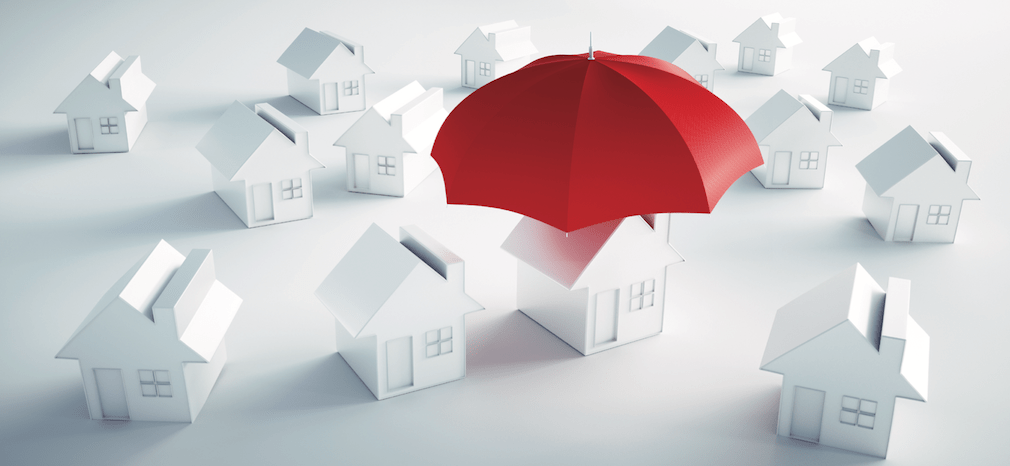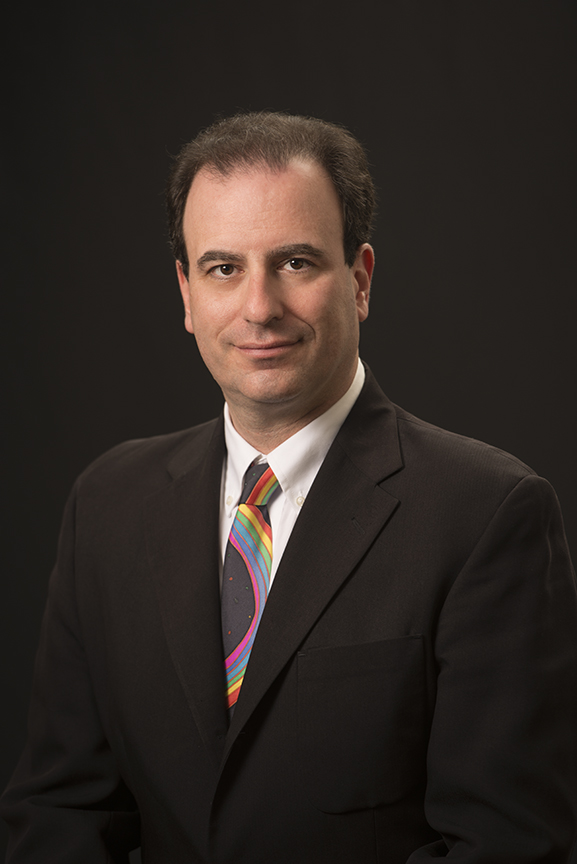At a time when the stock market is behaving like an oscilloscope and 401(k)s are shrinking away, reverse mortgages have sparked a renewed level of attention as a potential source of stability amid an economic maelstrom.
Part of the new appeal in reverse mortgages has been the growing equity that seniors have in their residential properties. According to the National Reverse Mortgage Lenders Association (NRMLA), homeowners ages 62 and older saw their housing wealth grow by $39 billion from the third quarter to the fourth quarter of last year, setting a record level of $7.23 trillion by the end of 2019.
“The volume is up pretty substantially,” said David Peskin, president of Melville, New York-based Reverse Mortgage Funding LLC, pointing to a 67% year-over-year growth for the sector. “Our customer is the older homeowner that is in their retirement, and their retirement just got pummeled by about 20% or 30%. Our customers are thinking, ‘I should be accessing the equity in my home versus trying to sell off my position or live off my retirement with the notion that over time, it’ll come back.’”
Peskin acknowledged that while economic crises are certainly not new, the unprecedented global depth and scope of the current situation is “really hitting people pretty hard,” with a new rush of anxious seniors making inquiries to learn more about the product.
Also among the reverse mortgage originators fielding the new wave of inquiries is American Advisors Group (AAG) in Orange, California.
“Borrower interest has continued to be at a very high level and, arguably, potentially even higher because borrowers are seeing some of their other retirement assets going through significant downturns due to the stock market decrease,” stated Paul Fiore, AAG’s chief retail sales and operations officers. “Borrowers are utilizing their home equity as a source to tap into to fill that financial gap that’s being created by the crisis that we’re in. From a borrower interest perspective, I’d argue that it’s probably increasing in desire at the borrower level.”
Scott Norman, vice president of field retail and director of government relations at Finance of America Reverse (FAR) in Tulsa, Oklahoma, is experiencing the same increase in interest from potential customers.
“Many of our borrowers are in the eye of this hurricane,” he said. “They are certainly concerned with their financial health and their ability to age in place in the coming years. I think the deeper answer to the question is what are they doing to hedge their risk during these vast market movements, and many of them are turning to the safety and security of reverse mortgages.”
Norman reported FAR is handling inquiry levels that “we haven’t seen in three years,” adding that this can be viewed as part of a wider trend with more people “looking at home equity to help them achieve a more safe and secure retirement outcome.”
A key aspect in fueling this new consumer interest is overcoming the longstanding confusion by many regarding how the product works. Although reverse mortgages have been on the market for decades, Peskin admitted that many people are still uncertain about its design.
“I think there’s still a lot of misperceptions about the product,” he said. “The typical question would be, ‘Can you just explain more how it works?’ And we’re also getting a lot more financial advisors than ever before reaching out who also want to be educated about how the product works, so they can recommend it to their customers versus selling off their position.”
Peskin also noted this new push for consumer education includes clarifying the servicing challenges in the traditional mortgage space, which is being buried in a tsunami of forbearances.
“With a foreclosure in the forward world, that obviously occurs if people stopped making their monthly payments,” he said. “Typically, in our world, it’s when a borrower dies and we have to dispose of the property. And if there are no heirs, then we need to go through the foreclosure process. It’s very different. Unless, of course, taxes and insurance aren’t being paid, and that’s a very small percent.”
For his part, Fiore believes that today’s potential reverse mortgage customer has already done homework in advance of any lender conversation.
“I’ve been doing reverses now for 16 years,” he said. “When I first started in the industry the awareness of the product and the understanding of the product was quite insufficient, I would say borrowers really did not have a very clear understanding as to the mechanism of the reverse mortgage and the optionality of what you could do with the proceeds of the reverse mortgage.
“Over the years,” Fiore added, “what I’ve noticed, especially with borrowers in that 62 to 72 range now, they’re coming in a lot more educated than they had previously been on the product. They’ve done a lot of research, probably online, looked into different things and different aspects of the product. So, they’re coming in more educated, at least in the fundamentals of the loan.”
A more pressing challenge for AAG, at least in the early part of the economic shutdown during the pandemic, was operating the company’s sales machinery.
“The majority of AAG’s footprint, 80%-plus of our businesses, is done on a centralized retail basis where loan officers work in the office,” Fiore said. “We do have an outside sales team, but when you think about the pure volume of what we originate and close and fund a lot of it, the majority comes from the sales people. So, what happened was in the month of March when every state started putting on their stay at home orders, we had to quickly adapt to moving our personnel from an in-office setting to working out of their home.”
Whether the pandemic-fueled wave of customer inquiries will grow the reverse mortgage industry to greater volume remains to be seen. For NRMLA President Steve Irwin, the potential for major banks muscling their way into the reverse mortgage sector is a strong possibility.
“I think that our member base, which is primarily nonbank lenders, will continue to thrive,” Irwin said. “I think they have gotten the attention of several banking institutions. We know that they’re looking at the space and I imagine that after the dust settles and we return to what I imagine will be a new normal – I don’t think we can ever return to the normal that was pre-crisis – lending institutions will look to expand their product offerings to include the reverse mortgage product.”






